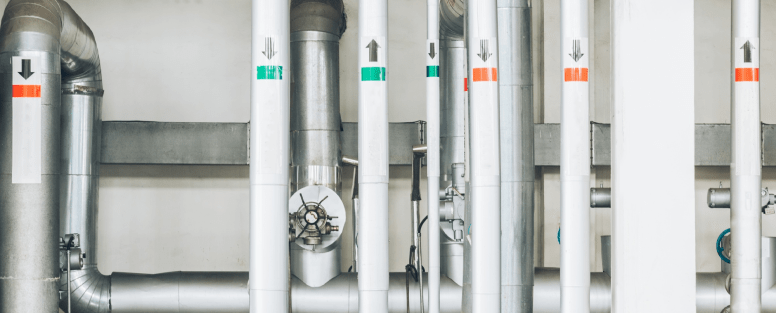Key Aspects of Choosing the Perfect Pipe Fitting
Types of Pipe Fittings
Elbows:
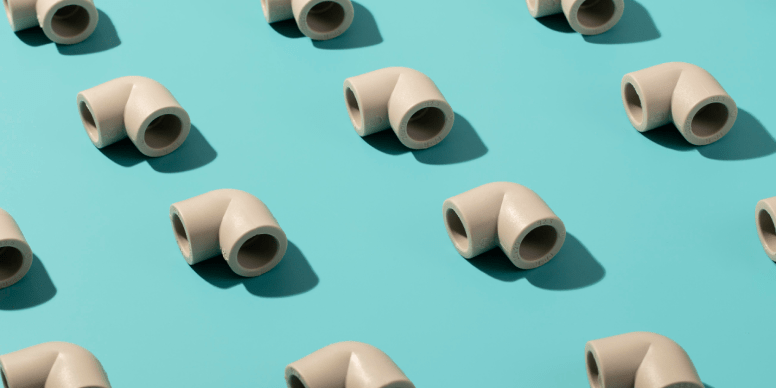
Elbows are designed to change the direction of a pipe, typically at 45° or 90° angles. They’re perfect for tight spaces, providing the flexibility needed to guide pipes smoothly, ensuring the steady flow of fluids or gases. Industries like oil and gas, water distribution, and HVAC rely on elbows to keep their systems running efficiently.
Tees:

Tees are used to branch off a main pipeline into smaller sections, making it simple to direct fluids to different areas. They manage multiple flow paths without requiring complex setups, which is why they are essential in industries such as chemical processing and food production.
Reducers:
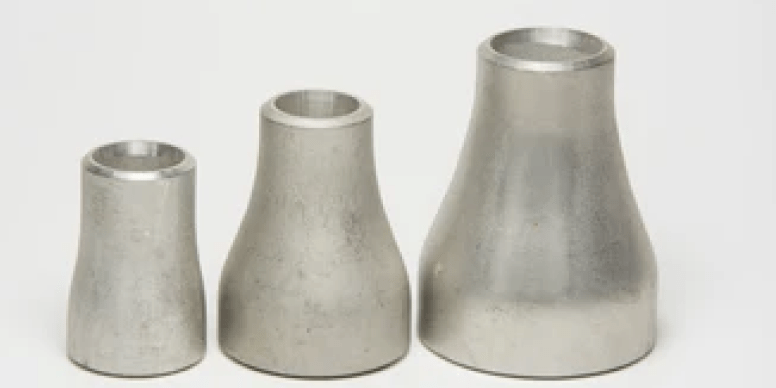
Reducers connect pipes of different sizes and come in two types: concentric and eccentric. Concentric reducers align the pipe centerlines, while eccentric reducers prevent air pockets in horizontal pipes. These fittings are vital for controlling flow, especially in industries where precision is key.
Couplings:
Couplings join two pipes to create a seamless connection. They’re versatile, working for both temporary and permanent setups, and help reduce leaks or make quick repairs. You’ll commonly find couplings in water supply systems and plumbing projects.
Caps and Plugs:
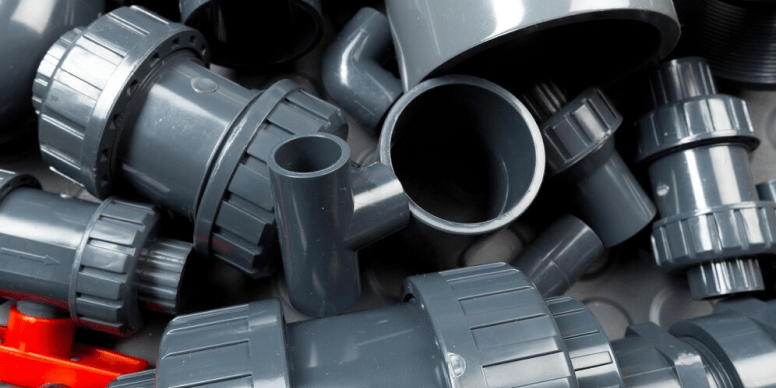
Caps and plugs are used to seal the ends of pipes, stopping leaks. They’re handy for maintenance or when certain pipeline sections need to be closed off temporarily or permanently. These fittings are commonly utilized in sectors such as construction and oil refining.
Flanges:
Flanges make it easy to assemble and disassemble piping systems, which is especially helpful for regular maintenance. They offer durable, leak-resistant connections and are frequently employed in high-pressure systems.
Materials Used in Pipe Fittings
The material of your fittings greatly affects their performance and longevity. Here are some commonly used materials:
Stainless Steel:
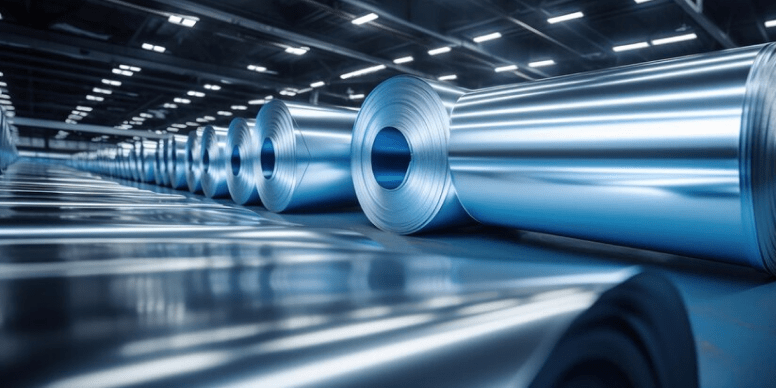
Stainless steel is highly resistant to rust and corrosion, making it ideal for tough environments like oil and gas, chemical processing, and marine industries. Its exceptional durability means fewer replacements, which helps lower maintenance costs and ensures dependable performance.
Carbon Steel:

Carbon steel stands out for its strength and affordability, making it a favourite in industries requiring high-pressure resistance. While it doesn’t resist corrosion as well as stainless steel, its strong mechanical properties make it reliable for structural uses and pipelines that carry non-corrosive materials.
Copper:
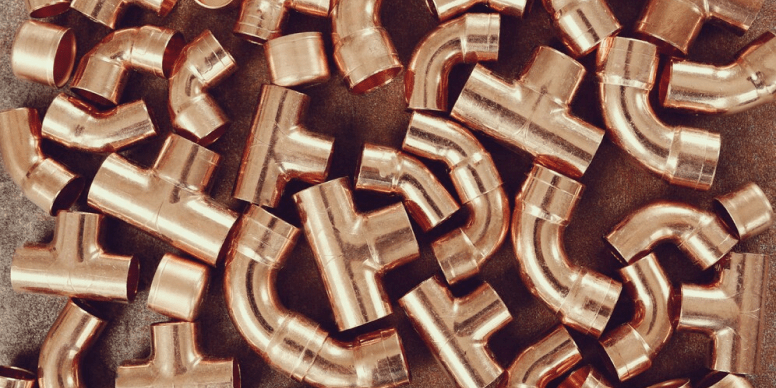
Copper is valued for its excellent heat conductivity, which makes it perfect for plumbing and HVAC systems. Its flexibility allows for easy and accurate installation. Plus, its natural antimicrobial properties make it a preferred choice in hospitals and food processing facilities.
PVC and CPVC:
PVC and CPVC are lightweight, cost-effective options widely used in water distribution and drainage systems. These materials are non-conductive, making them safe for electrical use. CPVC, in particular, handles higher temperatures well, adding versatility for various industrial needs.
Brass:
Brass is tough and has a polished, attractive finish, often used for decorative purposes. It resists corrosion and can handle high temperatures, making it a versatile option for fittings in both homes and industrial setups.
Specifications of Pipe Fittings
When selecting pipe fittings, it’s crucial to consider certain specifications to ensure the right fit and performance for your needs:
Size:
Ensure the fitting matches the exact diameter of your pipes to prevent any leaks or inefficiencies. Proper sizing helps maintain the desired flow rate and prevents unnecessary pressure drops that could affect the system’s overall performance.
Pressure Rating:
Choose fittings that can withstand the operating pressure of your system. This is particularly important in high-pressure industries like oil and gas, where a fitting failure can lead to serious safety risks and costly downtime.
Temperature Range:
Select materials that can endure the operating temperatures of your specific application. For example, stainless steel flanges are ideal for systems exposed to extreme heat or cold, ensuring smooth and consistent performance without compromise.
Connection Type:
Identify whether you need threaded, welded, or flanged connections. Threaded connections are quick and easy to install or remove, while welded connections provide a permanent, leak-proof seal. Flanged connections offer flexibility, allowing for secure yet easily detachable joints.
Standards and Certifications:
Ensure that your fittings comply with recognized industry standards, such as ASTM, ASME, or ISO. Certified fittings assure high quality and compatibility, helping to prevent failures and ensuring the safety of your entire piping system.
Applications of Pipe Fittings in Various Industries
Pipe fittings play an essential role across various industries. Here’s how they play a key role in different sectors:
Oil and Gas:
High-pressure pipelines require robust and durable fittings, such as stainless steel flanges, to ensure safety and longevity. These fittings create leak-proof connections and can handle the extreme conditions found in oil fields and offshore drilling platforms, where pressure and environmental factors are significant challenges.
Chemical Processing:
Corrosion-resistant materials are vital for safely transporting hazardous chemicals. Stainless steel fittings are particularly valuable in this sector as they don’t react with most chemicals, which helps maintain product purity and safety while preventing any dangerous chemical reactions.
Water Treatment:
PVC and stainless steel fittings are commonly used in water distribution and filtration systems. Stainless steel flanges, in particular, provide long-lasting, reliable connections that can withstand the high pressures often found in modern water treatment plants, ensuring efficient operation over time.
Food and Beverage:
Stainless steel fittings are ideal for maintaining hygiene and preventing contamination in food production. These fittings are easy to clean and meet stringent food safety regulations, making them essential in dairy processing, breweries, and beverage manufacturing where sanitation and safety are top priorities.
Construction:
Durable materials like carbon steel are commonly used for plumbing and structural applications in both residential and commercial settings. Fittings like elbows and tees play an essential role in ensuring efficient water supply and drainage systems, supporting the infrastructure of buildings and large complexes.
Power Generation:
In power plants, fittings with high-temperature resistance are crucial for steam and gas pipelines. Stainless steel flanges are frequently used in turbines and boilers due to their ability to handle the intense heat and pressure involved in energy production, ensuring safe and effective operations.
Maintenance TIPS for Pipe Fittings
Regular maintenance is key to ensuring your pipe fittings last longer and perform efficiently. Here are some helpful tips to keep your fittings in good condition:
Regular Inspections:
Check your fittings regularly for signs of wear, rust, leaks, or any other issues. Catching problems early can help you avoid expensive repairs and prevent system failures, saving both time and money in the long run.
Cleaning:
Keep your pipe fittings clean to avoid blockages and contamination that could disrupt fluid flow. Use cleaning agents that are safe for the specific material to avoid causing any damage while ensuring the system functions properly.
Lubrication:
For moving parts like threaded fittings, apply the right type of lubricant regularly. This prevents rust, keeps the fittings working smoothly, and makes them easier to handle while extending their lifespan.
Replacement:
Replace any fittings that are damaged or worn out as soon as you notice them. Waiting too long can lead to leaks, reduced efficiency, and potential safety risks. Being proactive with replacements helps keep your piping system reliable and safe.
By following these maintenance tips, you can extend the lifespan of your pipe fittings, ensuring they continue to perform effectively and contribute to smooth operations.
Choosing the right pipe fitting involves considering the types, materials, and specifications that best suit your needs. Stainless steel flanges stand out for their durability, versatility, and low maintenance. These flanges are compatible with a variety of applications, making them a preferred option for many industries.
By selecting the right fittings, you can ensure the safety, efficiency, and longevity of your piping systems.
Enhance your piping systems with high-quality pipe fittings from Riyaarth Overseas. Our high-quality fittings are built to meet your industry’s needs with reliability and strength.
FAQ's
Common types of pipe fittings include elbows for changing direction, tees for branching flow, reducers for connecting different pipe sizes, couplings for joining pipes, caps and plugs for sealing ends, and flanges for strong, detachable connections.
Pipe fittings are classified by function (e.g., elbows, tees, couplings) and material (such as stainless steel, PVC, or copper), as well as by pressure ratings and temperature resistance, ensuring suitability for various industrial needs.
PVC pipe fittings are made from polyvinyl chloride, a cost-effective and durable material used in plumbing and water systems. They are lightweight, corrosion-resistant, and easy to install in a variety of shapes like elbows, tees, and couplings.
When choosing pipe fittings, consider the environment they’ll be used in. Stainless steel is best for high-corrosion areas, carbon steel is cost-effective for high-pressure systems, and PVC is ideal for budget-friendly water systems. Always match the material to your industry’s specific needs.

